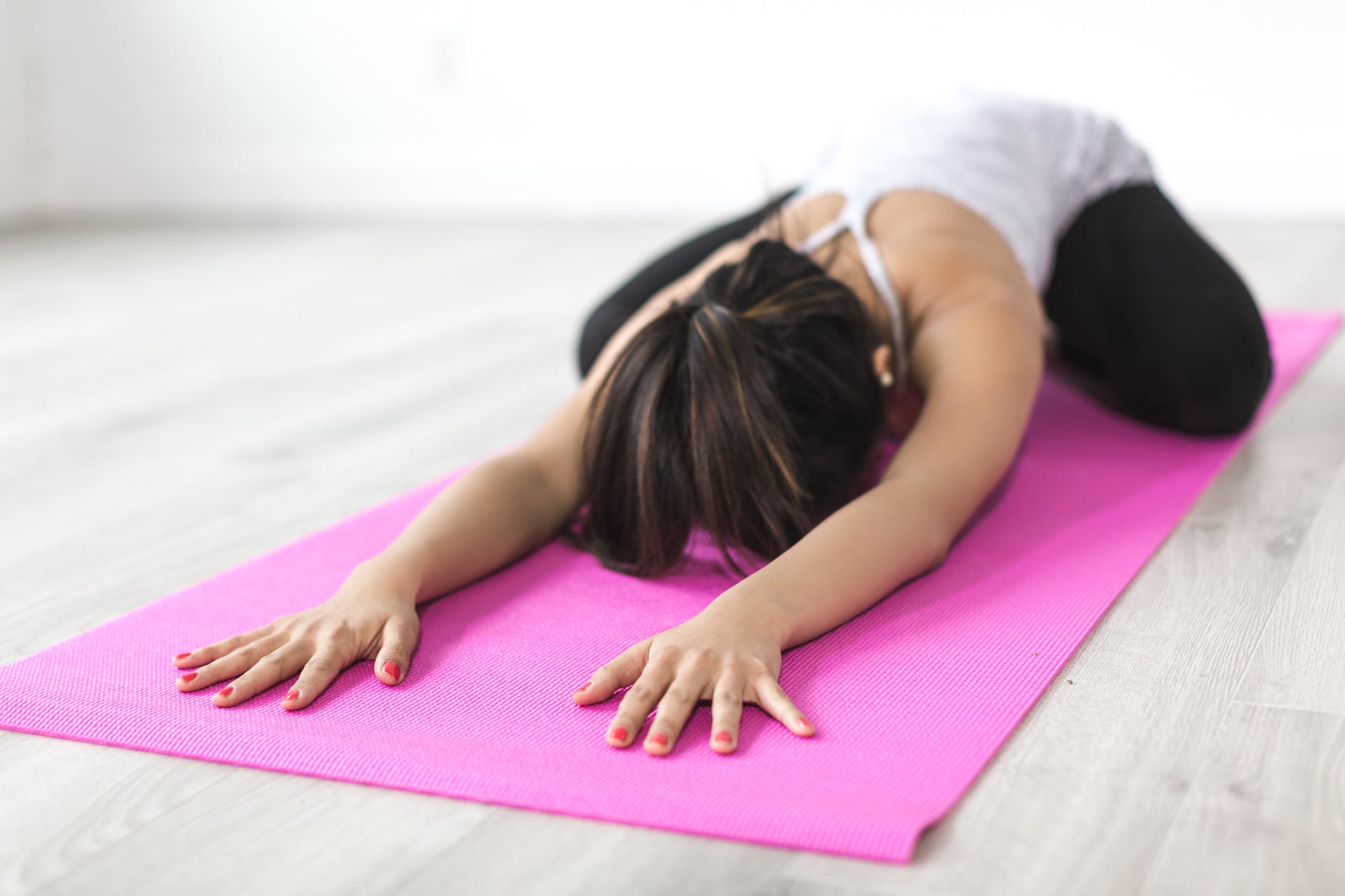
Up to 20% of all women will experience pain during intercourse at some point in their lives. The problem affects women of all ages, fitness levels, and backgrounds. The pain and discomfort brought on during intercourse can ruin the experience and make it into something that you no longer enjoy anymore.
Pelvic pain during intercourse can be brought on by a whole range of different medical conditions. In many cases, it is possible to address the pain and discomfort that you experience during intercourse by undertaking some very simple exercises. These can be done at home and require no additional equipment. They are very straightforward and will only take up a few minutes of your time each day. Eventually, by completing these exercises, it may be possible to return to enjoying intercourse once more, without having to worry about the pain.
It is important to note that there are some serious conditions that may cause painful intercourse, these include pelvic congestion, vaginismus, interstitial cystitis, endometriosis, and vulvodynia. It is always important that you seek a diagnosis from your doctor to ensure the cause of the problem is treated. Regular pelvic floor muscle exercises will help you regain any lost strength and assist with reducing the pain, it will not deal with the root cause of your problem.
Your pelvic floor muscles control your bladder and your bowels. They are also what help you to relax during penetration. They will also contract in an involuntary and rhythmic manner during orgasm. When these muscles become tight, due to injury or infections, it can lead to painful intercourse.
By exercising your pelvic floor muscle, it may be possible for you to regain control over these muscles in order to reduce the pain that you may experience during intercourse.
Related Posts
Comprehensive pelvic floor telehealth sessions from the comfort of your home.
3 Myths About The Pelvic Floor – Download Our FREE Ebook Now

Exercise 1- Identify Your Pelvic Floor Muscles
In order to identify your pelvic floor, sit down with your legs slightly apart. Then, gently tighten the muscle around your back passage as though you are attempting to prevent yourself from passing wind. In doing this, you should feel a movement in your muscle. This is the back of your pelvic floor.
To find the front of your pelvic floor, imagine that you are about to pass water and visualize yourself stopping the flow of urine. Again, you should start to feel muscle pulling. This is the front of your pelvic floor.
Practice gently tensing this muscle and learn how to hold it for a couple of seconds at a time.
Exercise 2 –Diaphragmatic breathing
Your diaphragm is a dome-shaped muscle that can be found just under your rib cage. It is connected to your pelvic floor through muscles and tissues. As you draw a breath and expand your belly, your diaphragm pushes down. When you do this, your pelvic floor will assume a more relaxed position, stretching your pelvic floor. When you breathe out, your diaphragm will rise back to its original position, as will your pelvic floor. Diaphragmatic breathing will allow you to stretch your pelvic floor muscle in a way that you can do at any time, even during intercourse to help to minimize the pain.
Laying on your back, place one hand on your chest and the other on your belly. Breath in slowly. The aim is for the hand on your belly to rise and the one your chest to stay still. After breathing in, pause and slowly let the air out of your lungs. The hand on your belly will start to fall, again the one on your chest will stay still. Keep repeating this motion over and over.
Exercise 3 – Child’s Pose
Child’s Pose is a yoga pose which is beneficial to your pelvic floor muscles. Kneel down with your body upright and with your knees spread out and your toes touching. Then, bring your head towards the floor. Once you get comfortable in this position, start taking deep and slow breaths. You should feel a drop in your pelvic floor as you breathe in, and it should rise as you breathe out. Try and maintain this position breathing in and out for at least thirty seconds.
Exercise 4 -Happy Baby
Lay on your back taking deep breaths in and out. As you breathe out, bring your knees up to your underarms with your knees and feet wide apart. If you can reach, try to grab the outside of your feet or your shins. Bring your feet over your knees so that they are perpendicular to the ground. Then, start breathing slowly. As with ‘child’s pose’, breathe in and out slowly for at least thirty seconds. You can increase the intensity of this stretch by rocking your hips gently from side to side.
What is pelvic floor therapy for painful intercourse?

Pelvic floor therapy for painful intercourse means completing some simple exercises every day which will help you to regain the strength and control that you have over your pelvic floor muscles. By doing this you can reduce the pain you experience during intercourse.
Do pelvic floor exercises help with painful intercourse?
When your pelvic floor muscles tighten, it can create a great deal of discomfort during intercourse. By completing exercises regularly, it is possible to loosen these muscles and help to reduce the pain of intercourse.
Can weak pelvic floor muscles cause painful intercourse?
Weaknesses in your pelvic floor muscles will cause them to tighten up. This, in turn, will lead to Intercourse becoming painful.
Can Kegel exercises help painful intercourse?
Kegel exercises work on your pelvic floor muscles. By carrying out this type of exercise it is possible to regain control and build up the strength in your muscles. This will help loosen the muscles during intercourse, reducing the pain.
What exercises are good for painful intercourse?

In addition to regularly flexing your pelvic floor muscles, completing diaphragmatic breathing exercises along with yoga positions such as ‘happy baby’ and ‘child’s pose’, you can help reduce the pain that you experience during intercourse.

